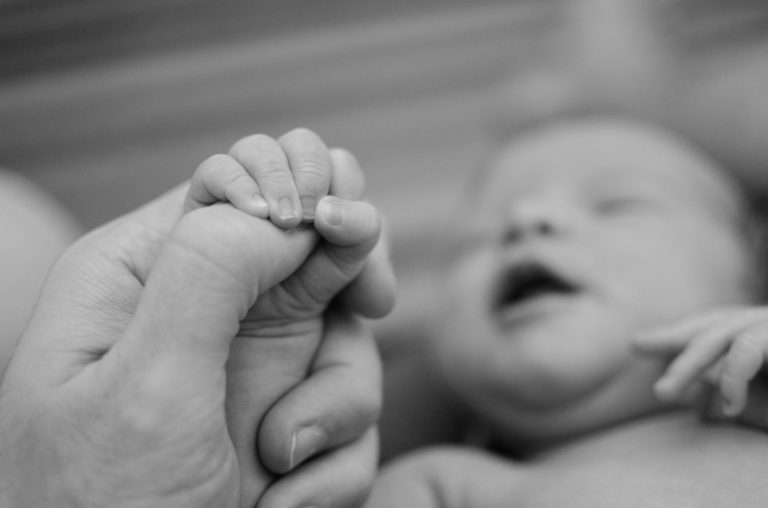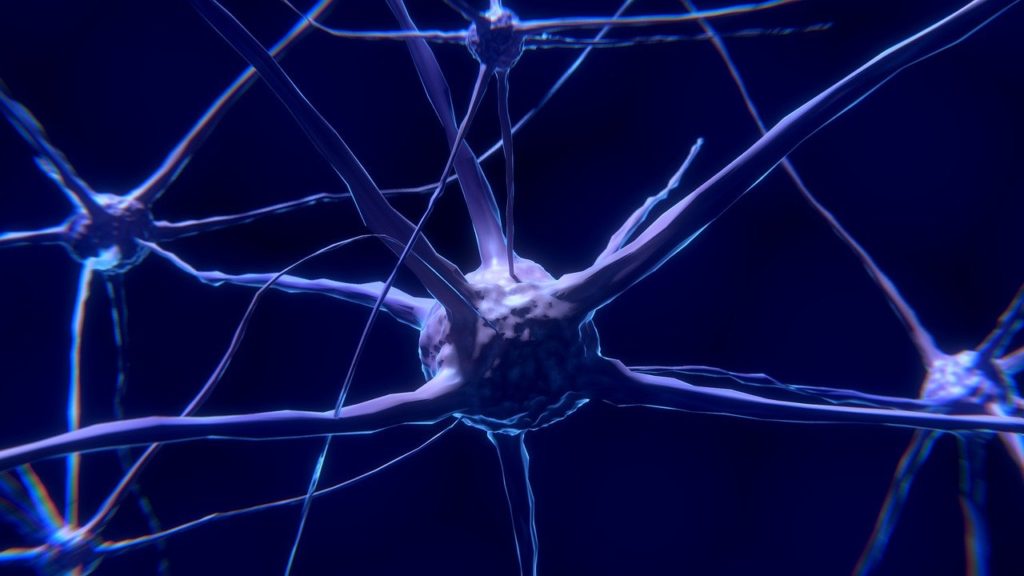Have you been wondering why you keep attracting toxic people into your life? Did you know that our attachment styles can be the reason behind this?
Do you hide your emotions because you’re scared that you will push them away if they found out how you feel about them?
If you answered yes to the above questions, read on! I will explain to you all about attachment styles and why you are attracted to toxic people!
The connection between attachment styles and toxic people
Your attachment style defines what kind of people you are attracted to, and how you communicate in a relationship. People with insecure attachment styles are more likely to enter into a relationship with narcissistic people.
Unfortunately, people with insecure attachment styles keep trying to change themselves to be ‘good enough’ when in reality, the finish line is only an illusion. When you enter a relationship with someone who isn’t emotionally stable, no matter how hard you try, it will never be good enough as their issue is coming from within themselves and not from you. Therefore, you are not responsible for it and cannot fix it for them.
Ironically enough, even though these kinds of partners make us feel bad and unloved, we unconsciously keep choosing the same type of partners depending on our attachment style.
What is an Attachment Style?

Attachment Theory was explained by John Bowlby a psychoanalyst, and Mary Ainsworth a developmental psychologist, who studied the behaviour of children when separated from their parent, and how they reacted when they were reunited. Our attachment style describes the nature of emotional attachment which forms during our childhood, depending on how our parents or caregivers attended to our needs.
There are four types of attachment styles, which we will discuss further below. These attachment styles act as a model for how to get our needs met later on in adulthood. The nature of this attachment influences everything, from our partner selection, to how well our relationships progress and how we react and interpret different circumstances.
So basically your attachment style shapes itself depending on how your primary caregivers responded to your cues when you experienced emotional stress. Ironically enough, no matter how much we don’t want to re-encounter the same behavioural patterns which left our needs neglected when we were kids, we end up being attracted to partners who offer the same kind of behavioural patterns.
This happens at an unconscious level because it feels familiar and what is familiar feels natural to us and does not make us feel uncomfortable. Our brain is wired to do familiar things without having to think about them. Seeking out and detecting patterns makes learning easier and just like any other task we learn, the more you practice, the better you get at it. When it comes to financial calculations or playing an instrument, this mental shortcut can be extremely convenient, but in relationships, it’s a different story.
When you’re operating within old, familiar patterns, you don’t even think about what you’re doing, it becomes an automatic response which defines how you operate. However, the same kind of patterns and choices end up leaving us feeling confused, hurt and rejected.
Your attachment style doesn’t explain everything about your relationships, but it explains a great deal of why you’re attracted to the people you’re attracted to, why your relationships have succeeded or failed, and the nature of the relationship problems that come up repeatedly for you. If you take a look at your relationships, you might notice a pattern where all of them had similar issues more or less.
The good thing is that once you become aware of your pattern, you can change your attachment styles.
Once you become conscious of these patterns within you, you can start working on changing them. This way you will be able to choose partners which will meet your needs and make you feel loved and fulfilled rather than re-creating the same hurtful scenario over and over again.
Related: How To Break Codependency
Which Type of Attachment Style Do You Have?

As mentioned earlier, attachment style is formed in early childhood and continues to function as a working model for relationships in adulthood at a subconscious level.
This model of attachment influences how we communicate and meet our needs, and how we react to them. The early social experience of the infant stimulates the development of the brain and has an enduring influence on the ability to establish stable relationships with others.
The main 4 attachment styles are:
1. Secure: Love and trust come relatively easy. Children with a secure attachment see their parents as a secure base and they feel comfortable being autonomous to explore the world independently. A secure adult has a similar relationship with their romantic partner, feeling secure and connected while allowing themselves and their partner to continue growing as individuals without being clingy.
2. Anxious- Preoccupied: Wants to be close and intimate with others, but fears disappointment. People with this kind of attachment style unconsciously try to resolve the emotional neglect which they experienced in childhood, and expect their partner to rescue or complete them. Often end up sabotaging their relationships with counterproductive behaviour.
3. Dismissive- Avoidant: Avoids intimacy and tend to emotionally distance themselves from their partner. During their childhood, their need for connection was disregarded and they learned that they cannot rely on others so they become emotionally distant to protect themselves
4. Fearful- Avoidant (Disorganized): is the most extreme of the insecure attachment styles. These people experience a delicate mixture of wanting to love and connect with others, and fearing intimacy simultaneously. During childhood they experienced betrayal of safety, so they learned that a beloved parent or parental figure can become a serious threat to their well-being.
How to change your attachment style by building new patterns

Just as we are able to learn a new language or any other new activity, we can learn healthier behavioural choices to change our attachment style. This will eventually change who we are attracted to, and how we interact with our romantic partners. Of course, learning a new skill requires time and effort, but if you commit to it, it’s totally worth it.
Be patient and compassionate with yourself as these changes don’t happen overnight, but reading and learning about attachment styles, seeking support and following advice from experts may help you become more cognizant of your old patterns and help adopt new, healthy ones.
Identifying Your Attachment Style
The first step to changing your attachment style is becoming aware of it. Take some time for yourself and reflect on your past or current relationships to analyse what attracted you to your toxic partners.
Look for similarities and see if you can detect a pattern, are they emotionally distant and unavailable, violent, suffer from addictions, financially unstable, narcissistic, unfaithful? If you can’t see it, then seeking support from a professional can help you figure it out so you break the cycle.
Actions Speak Louder Than Words
At least at the beginning of a relationship, it’s important to look out for any red flags which might pop up and should not be overlooked.
It’s easy to say to I love you to someone than actually showing that you love them and treat them with respect. So don’t be swayed by flattery compliments.
Look out for any patterns and inconsistencies which you might notice, for example ghosting you, cancelling on plans, disappearing when you need them or any other action that doesn’t match their words.
If you constantly put up with these things and keep hoping for the best, ask yourself why are you always ready to apologize and justify others?
Most people stuck in this kind of pattern internalize rejection and interpret negative circumstances as if it was their fault. They end up thinking that they are responsible for their partner’s actions, or make up excuses to justify their partner letting them down.
Unfortunately, these scenarios keep repeating themselves, leaving you feeling more rejected and hurt more than ever. If you want to see different results, you have to start making different choices.
And how do you start making different choices? By transforming yourself into a better version, becoming aware of your behavioural patterns, and start making conscious healthy choices that lead to happy endings rather than one disappointment after the other.
Journaling and Reviewing

Many people are already aware of their negative patterns, but most often their emotions are too strong to resist, and end up making the wrong decisions based on clouded judgement.
Making a list of all the red flags from previous partners who showed that they weren’t the right person for you is very helpful.
Also, make a list of all the pros and cons of being with that person, and write down the qualities you would like your partner to have. Following that, review what you wrote and check if your partner has those qualities to see if it’s the right person for you.
Be gentle with yourself during this journey of transformation. You are working on rewiring your brain, which has been programmed that way since you were a baby. The more you practice, the easier it will become for you until a healthy secure attachment becomes your true nature.
How helpful was this page?
Click on a star to rate it!
Average rating 4.6 / 5. Vote count: 287
No votes so far! Be the first to rate this post.
We are sorry that this post was not useful for you!
Let us improve this post!
Tell us how we can improve this post?


